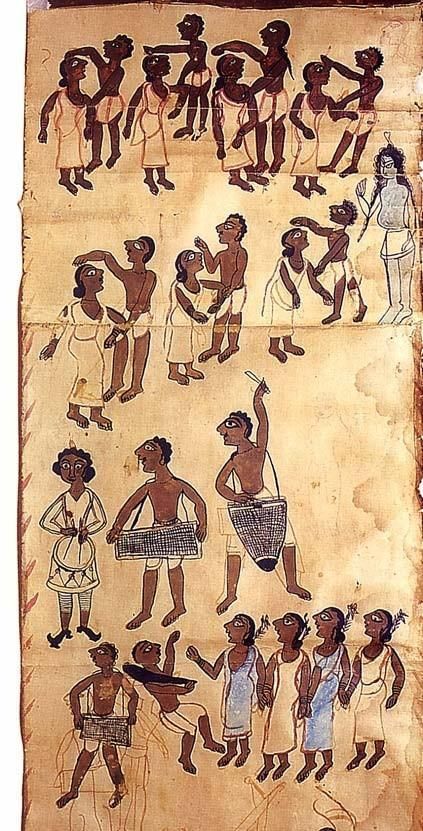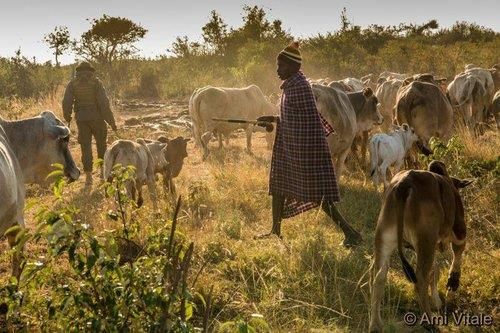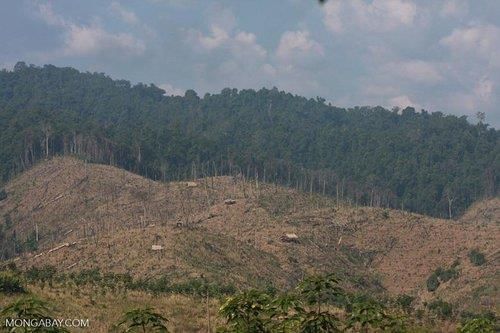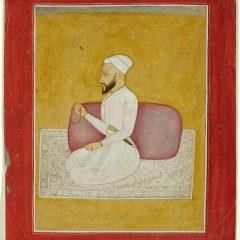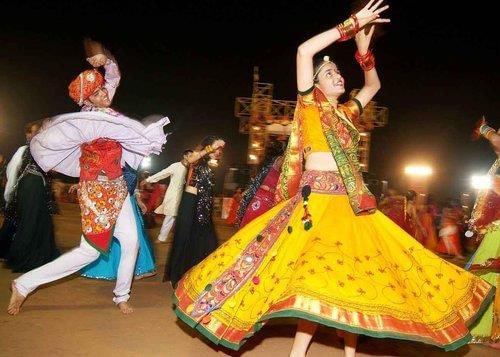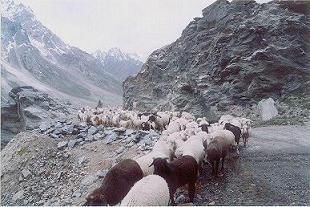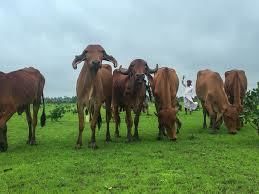|
Card: 1 / 30 |
What societal structure was prevalent in many subcontinent areas during the time of growing kingdoms? |
|
Card: 2 / 30 |
Society was divided into different groups based on rules set by the Brahmanas, leading to a significant gap between rich and poor and high and low social classes. 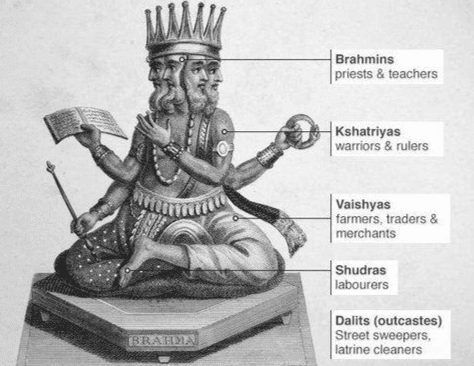 |
|
Card: 3 / 30 |
Tribal dance and Santal painted scroll are examples of ___ in towns and villages during the period of political change. |
|
Card: 5 / 30 |
True or False: The divide between social classes decreased during the Delhi Sultans and Mughal periods. |
|
Card: 6 / 30 |
False. The divide between social classes continued to grow during these periods. 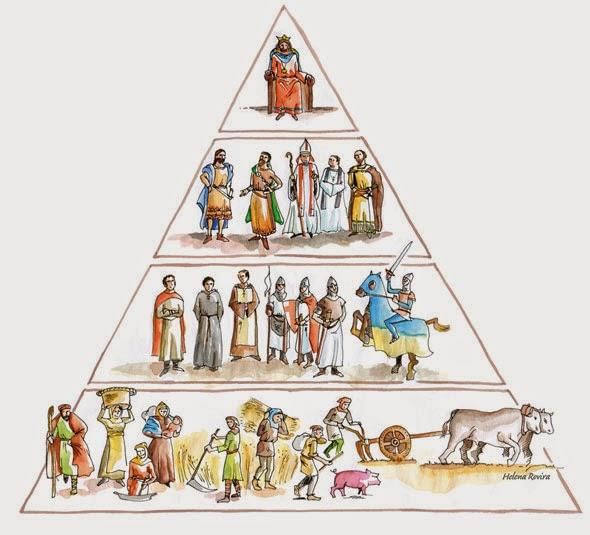 |
|
Card: 7 / 30 |
Tribal societies often combined various livelihoods, including farming, hunting, and ___ to effectively use local resources. |
|
Card: 15 / 30 |
True or False: The Khokhar and Gakkhar tribes were influential during the 15th and 16th centuries. |
|
Card: 17 / 30 |
I am a large tribe found in western and central India, some of my clans have settled into agriculture while others still hunt and gather. Who am I? |
|
Card: 19 / 30 |
Fill in the blank: The ___ tribe is known for its shepherding in the Western Himalayas region. |
|
Card: 23 / 30 |
True or False: Nomadic tribes only focused on animal husbandry and did not engage in trade. |
|
Card: 24 / 30 |
False. Nomadic tribes also sold animals and engaged in trade with settled communities. 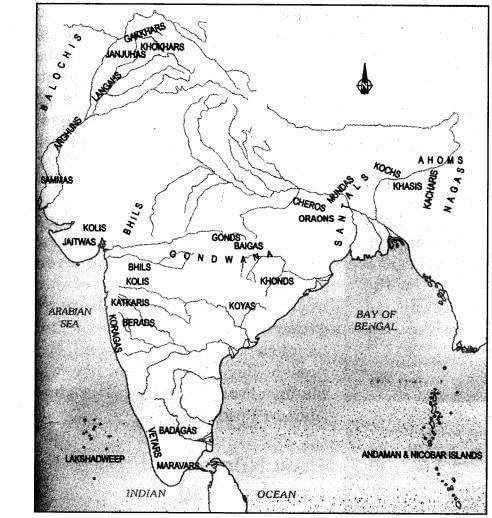 |
|
Card: 25 / 30 |
What led to the formation of smaller castes (jatis) within the broader varnas? |
|
Card: 26 / 30 |
The expansion of the economy and society necessitated new skills, leading to specialization in various professions. 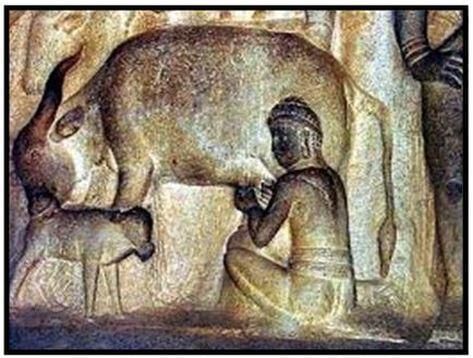 |
|
Card: 27 / 30 |
True or False: The emergence of Rajput clans in the 11th and 12th centuries marked the decline of the Kshatriyas as rulers. |
|
Card: 28 / 30 |
True; new Rajput clans replaced older rulers among the Kshatriyas and established influential states. 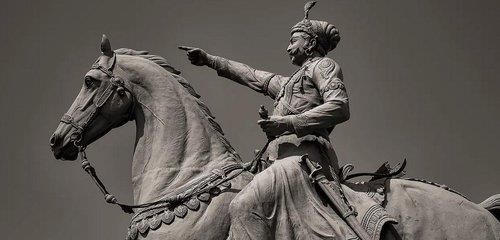 |
|
Card: 29 / 30 |
The Gond kingdoms, such as Garha Katanga, were primarily known for their practice of ___ cultivation. |




